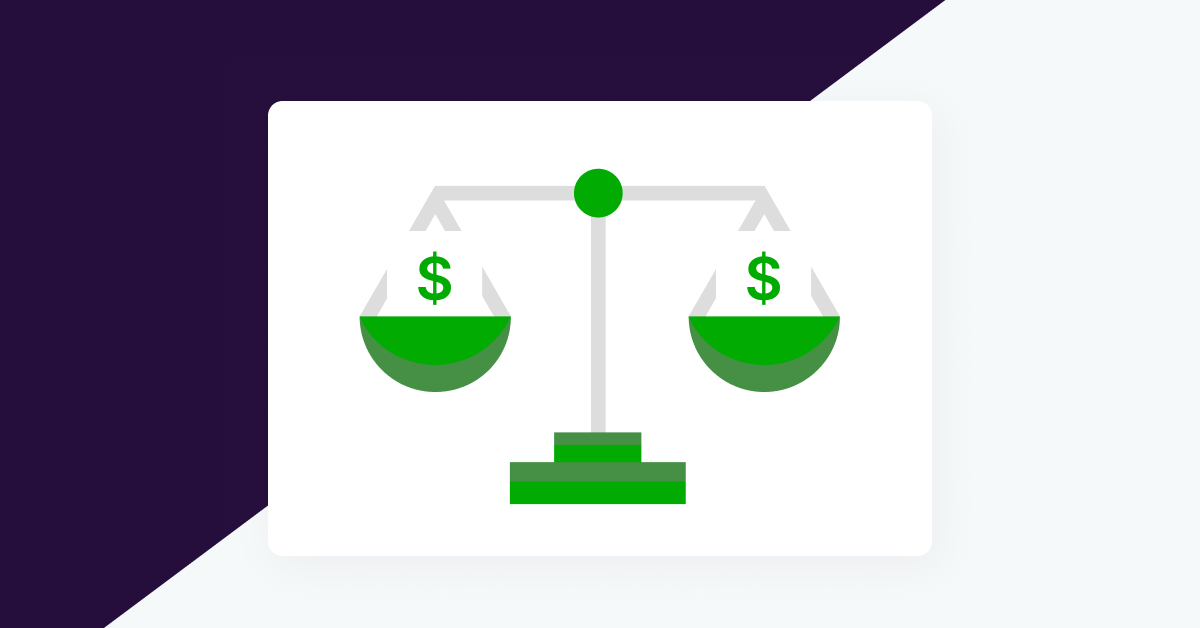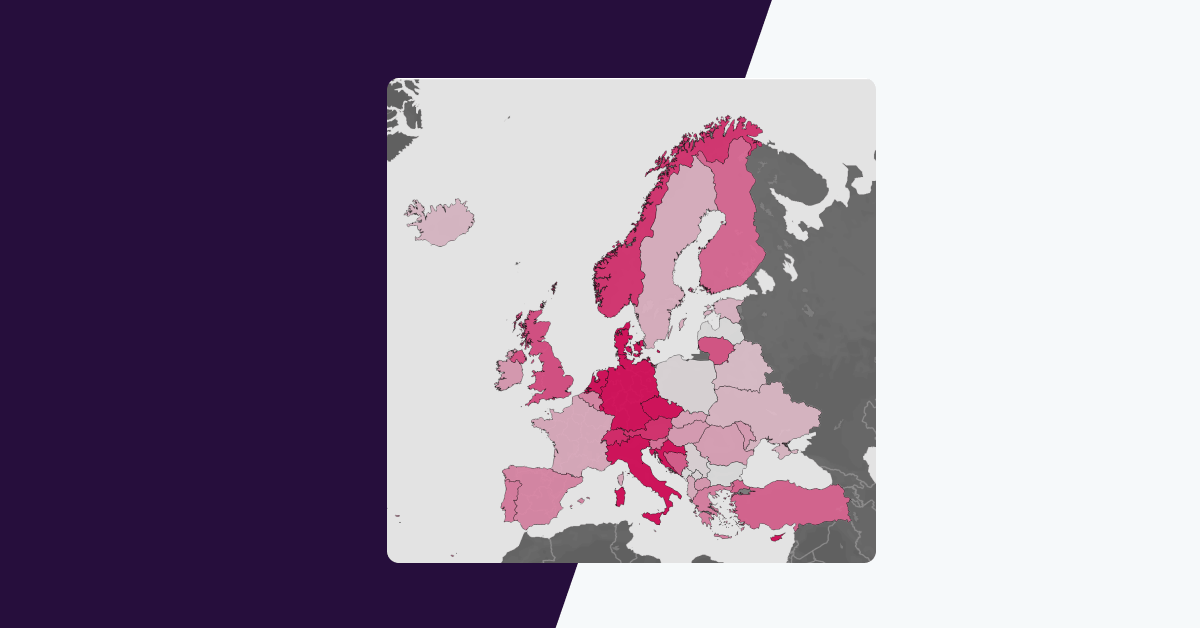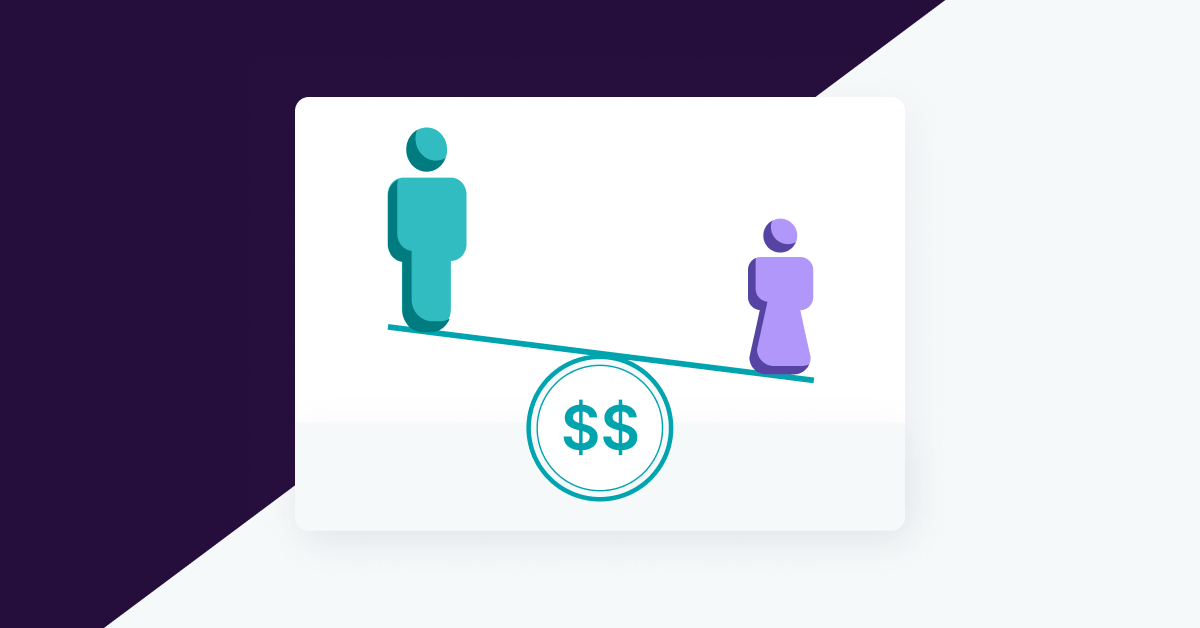The go-to guide for employers on what pay equity is and why it’s important
Use this guide to better understand pay equity, get an overview of pay equity legislation, learn how to conduct a pay equity analysis, and gain insight into best practices. You can also use this page to access up-to-date resources from our team of experts.
What is pay equity?
Pay equity refers to compensating employees who are performing substantially similar or comparable work in an equitable way — not based on gender, race, or other categories (like sexual orientation) that are legally protected from employment discrimination. Paying employees equitably means being able to explain compensation differences based on neutral, job-related factors that differentiate an employee’s skills, effort, responsibility, and working conditions.
Historically, pay equity has been defined according to legal and regulatory guidelines. Today, the definition has expanded beyond legal guidelines — for example, analyzing pay across groups that aren’t considered protected classes under all laws, such as caregivers and remote workers. This creates a more inclusive, employee-centered view of pay equity at a time when companies must not only consider how to meet pay equity requirements for employees in multiple jurisdictions, but also reward them in line with company-driven, consistent pay guidelines that support their desired employee experience.
Increasing pressure from employees, legislators, and investors is making it more important than ever for employers to achieve pay equity. Companies are prioritizing pay equity at every step of the employee lifecycle not only to avoid the risk of expensive, brand-degrading lawsuits, but also to attract, engage, and retain top talent.
What is “equal pay for equal work”?
“Equal pay for equal work”, also known as “equal pay for work of equal value” is another term for pay equity: paying employees equally for performing “substantially similar” or comparable work, regardless of their gender, race/ethnicity, or other protected category characteristics.
What is the pay gap?
The pay gap is a measure of the overall differences in mean or median earnings between two populations — such as the difference between the average earnings of men and women or between different racial groups within a population. The pay gap is a measure used both on a broad scale, like the U.S. gender pay gap, and within an organization.
The median pay gap compares the earnings of the middle employee for one group to the middle employee in another group. Leading companies have started to disclose their median pay gap voluntarily. Legislation around the globe is also starting to require median pay gap reporting.
Learn more about the difference between ‘pay equity’ and the ‘pay gap >
Pay equity and the pay gap
While pay inequity contributes to the pay gap, it’s not the only factor. Opportunity inequity — when employees don’t have equitable opportunities to advance — also has a significant impact.
For example, a company can achieve gender pay equity in role-to-role comparisons, but still have an “all up” gender pay gap if men earn more on average than women as a group. This may result from women in the company not being represented at the same level as men in higher-paying positions (which stems from inequitable hiring, promotions, and retention.)
Pay equity laws: A high-level history
At the federal level in the U.S., pay laws remained largely unchanged since the 1960s, when the Equal Pay Act (EPA) of 1963 and Title VII (1964) were signed into legislation. At the state level in the U.S. we’re seeing pay equity laws evolving even more quickly. This is a global phenomenon. The implementation of the principle of 'equal pay for equal work or work of equal value' has been a right in the European Union since 1958. Many other countries around the world have also enacted stronger pay equity laws.
Here’s a look at the five waves of pay equity legislation.
- Stronger pay equity laws started passing in the U.S. in 2016, with Massachusetts, California, and New York as the first adopters. Now all 50 states in the U.S. ban pay discrimination. The European Union recently adopted the EU Pay Transparency Directive, which will add even stronger protections. Similar measures are also happening in many other countries around the globe.
- Salary history bans were adopted in the U.S., starting in 2016. These laws prohibit employers from asking about a job seeker’s prior salary and (in many cases) relying on this information to set pay. Massachusetts, Philadelphia, New York City, San Francisco, and California were first adopters. To date, 17 states and many local jurisdictions have adopted salary history ban laws. This is also a global trend. For example, the EU Pay Transparency Directive will have a similar prohibition and some Canadian provinces have enacted similar prohibitions.
- Pay scale disclosure (pay transparency) laws were adopted in the U.S. beginning in 2018. The first salary range disclosure laws were reactive — the information needed to be provided only if requested. In 2021, pay scale disclosure laws morphed: newer laws require proactive disclosure at some stage in the hiring process and for salary ranges to be included publicly in job postings. This is a global trend with some jurisdictions in Europe already requiring disclosure, the EU moving towards adoption of a pay scale disclosure law, and an increasing number of pay scale disclosure laws in Canada.
- Pay reporting laws and focus on median pay gaps emerge. Currently, 28 countries require global pay reporting. In the U.S., California (2021) and Illinois (2023) require pay reports from covered employers, with Massachusetts’ requirements likely coming soon..
- Opportunity equity gaps are coming into the spotlight with these global reporting laws. Moving forward, more legislation will focus on the median pay gap, where the emphasis is on both opportunity and pay. In Colorado, Illinois, and the European Union (EU), legislation is broadening the conversation about workplace fairness to include transparency around opportunities for promotion and career growth with the goal to close the representation gap.
Get the U.S. Pay Scale Transparency Legislation Cheat Sheet >
Pay equity laws globally
Pay equity laws vary by country. Some countries have laws requiring equal pay that are only minimally enforced, while others have robust enforcement and reporting requirements. Some focus on pay equity, while others focus on the pay gap. Multinational companies must ensure their approach to pay equity is globally consistent and responsive to local market requirements.
Companies with a global workforce must also create a global pay reporting strategy to manage a web of different reporting requirements and deadlines. Companies with a global workforce are paying particular attention to the increased pay transparency and reporting demands in the EU Directive on Equal Pay and Transparency.
How to conduct a pay equity analysis
Understanding how to conduct a pay equity analysis is critical to success. A company’s unique needs, budget, and resources will guide decision making around enlisting external experts, using specialized software, determining the methodology and frequency of analysis, and reporting on results.
A pay equity analysis evaluates all discretionary forms of compensation by groups of employees doing comparable work or where required, work of equal value, to see if there’s a statistically significant difference between the groups, after adjusting for neutral, job-related factors.
In the past, pay equity analyses were performed manually and typically only once a year. Analyses were focused on risk mitigation and compliance. This led to backward-looking analyses that were quickly out of date and lacked insight into the root causes of pay disparities. Today, when companies consider how to conduct a pay equity analysis, they turn to pay equity software like PayEQ® to gain greater insights into how to prevent pay disparities while making the process faster, more efficient, more secure, and easier to scale.
Learn how to build a pay equity plan >
What data is included in a pay equity analysis?
Today, it’s table stakes for organizations to analyze pay equity based on gender and race / ethnicity. Mature companies are expanding their analysis to a broader range of employee demographics, including disability and veteran status, and giving employees the chance to identify outside the gender binary.
A thorough pay equity analysis also includes all components of compensation, including base salary, bonus, equity, and other considerations like awards or geographic differentials. And for global companies, it includes all countries where they employ. Learn the data you do and don’t need for your first pay equity analysis and dive deeper into pay equity analysis methods.
Pay equity best practices
Throughout the different stages of your pay equity journey, there are several best practices to follow. Here are some based on the advice from our expert team of in-house labor economists, workplace equity consultants, data scientists, employment and labor lawyers, and human resources (HR) experts.
How to maintain pay equity
To maintain pay equity, companies are making the shift from annual, point-in-time audits to more frequent analyses. Mid-year compensation cycles, layoffs, and M&A are all important events that trigger companies to take another look at pay equity.
Even without these triggers, leading companies assess pay equity throughout the year to lower remediation costs. The longer pay inequity sticks around, the wider the gaps tend to grow, and the more costly they are to resolve. According to Gartner, the longer a company delays addressing inequities, the more remediation costs grow — increasing on average by $439,000 every year you wait or fail to address it.
Compensation leaders also know that pay equity is a foundational component of a successful rewards program. They are looking at new ways to embed equity into every pay decision, from starting pay to promotions. The compensation team and recruiters at Elevance Health, for example, use PayEQ® Pay Finder to ensure new hires’ salaries don’t exacerbate or create new pay disparities.
Read more: Elevance Health maintains equitable pay for every new hire >
Who’s responsible for pay equity
Pay equity used to be the domain of the legal team. Today, as pay equity has become a people-focused issue beyond solely legal risk, Total Rewards teams are leading pay equity efforts in collaboration with Legal, Talent Management, DE&I, People Analytics, and other HR business partners. It requires a cross-functional strategy to get stakeholder buy-in and consensus, align on overlapping priorities and goals, centralize efforts and partnerships, and coordinate both internal and external communications.
How to communicate about pay equity
Companies are operating in the pay transparency era, where pressure is coming from all sides — legislation, investors, employees — to be more transparent about how you compensate workers. In this environment, pay equity and pay transparency go hand in hand. Leaders need to consider how transparent they want to be in communicating the message of “we pay equitably.” Many companies look at pay transparency as a continuum: first they will share their commitment to conduct a pay equity analysis, then they will share high-level results of their analyses and steps they are taking to achieve pay equity.
Many companies take their pay transparency commitment a step further by pursuing certification from organizations like Fair Pay Workplace. After undergoing rigorous pay equity evaluation and committing to ongoing analysis, they are able to use the certification as a valuable proof point to boost their brand reputation, build trust, and impact retention and hiring.
Get the Workplace Equity Communications Playbook >
What is the ROI of pay equity?
Leading companies that prioritize pay equity increase productivity, improve business performance, and build an employer reputation that attracts, engages, and retains top talent. Here are examples of how organizations focused on pay equity create an impact across the entire business:
- Retention and innovation — Companies that make rewards recognition fair and equitable are 5x more likely to accomplish outstanding people outcomes (retention and engagement) and 6x more likely to innovate and adapt well to change.
- Employee performance and engagement — Employees who work in a high fairness environment have 26% higher performance and a 27% lower chance of quitting.
- Employee experience — Workers are 6x more impacted by pay equity than they are by level of pay.
- Financial performance — Companies that disclose they’ve conducted a pay equity analysis report nearly 8% higher mean five-year return on equity.
- Business performance and innovation — Companies that make rewards and recognition fair and equitable are 4x more likely to have excellent business outcomes and seven times more likely to innovate and adapt to change.
Leading enterprises also report ROI from using Syndio’s pay equity software. Using PayEQ enables them to lower remediation costs, boost their employer brand, attract and retain top talent, attract new business, and foster a culture of transparency and trust:
Pay equity: A critical piece of workplace equity
Pay equity is the on-ramp to the broader requirement of workplace equity, which means every decision in the employee lifecycle — hiring, rewarding,, developing and advancing employees — is made based on their skills and what they have to offer, not their identity. Success in workplace equity is driven by two things: equal pay for equal work (pay equity) and equal access to opportunities (opportunity equity.) To move the needle on closing pay gaps, companies need to expand their focus beyond pay equity to also analyze and measure equitable outcomes at more moments in the employee lifecycle, including hiring, performance reviews, promotions, and retention/attrition.
How Syndio helps you achieve and maintain pay equity
Pay equity software helps companies analyze, resolve, and prevent pay disparities. When companies use specialized technology for pay equity, they are 3.2x more likely to engage and retain employees, and 7x more likely to attract needed talent.
PayEQ®, the pay equity solution in Syndio’s leading Workplace Equity Analytics Platform, uses best-in-class statistical analyses to identify pay disparities due to gender, race, or any other demographic and provide remediation recommendations to address them at key moments in a company’s compensation cycle. More than 260 companies, including 30% of Fortune’s Most Admired Companies, rely on Syndio's platform to close pay and opportunity gaps, mitigate legal risk, and turn representation goals into tangible results.
Talk to our team to learn more about closing your pay gaps.
The information provided herein does not, and is not intended to, constitute legal advice. All information, content, and materials are provided for general informational purposes only. The links to third-party or government websites are offered for the convenience of the reader; Syndio is not responsible for the contents on linked pages.


